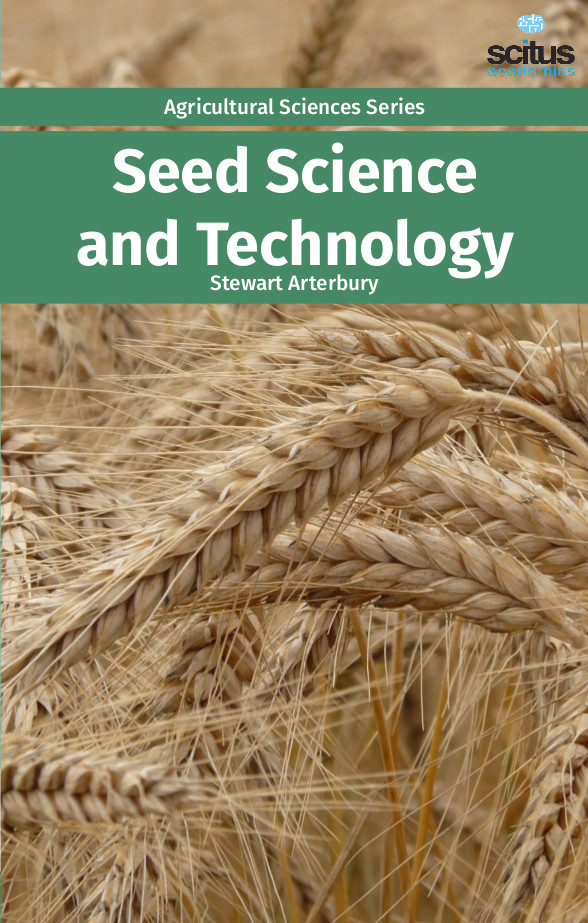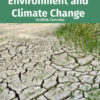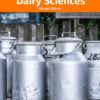Seeds are fundamental to agriculture. They are the starting point for the production of most crops and delivery system for advanced genetics. Seeds constitute 70% of our food and recent additional uses of seeds as stored energy has increased both seed and commodity prices worldwide. The past 50 years has seen many research-driven improvements in seed genetics and technology that have been responsible for dramatic increases in crop productivity worldwide. In broad sense, seed is a material which is used for planting or regeneration purpose. However scientifically, Seed is a fertilized matured ovule together covered with seed coat is called seed or it is a propagating material i.e., part of agriculture, sericulture, silviculture and horticultural plants used for sowing or planting purpose. In agricultural systems, the seed used for cultivation is considered one of the means of production. Moreover, the seed is the starting point, the first determinant of the future plant development and consequently the master key to success with its cultivation. The expression “seed quality” is used in practice to describe the overall value of the seed for its intended purposes. It is a multiple concept resulting from the genetic characteristics of the seed and from other factors affecting its development, maturation and storability. Seed quality is a combination of different characteristics. Within the seed, there usually is a store of nutrients for the seedling that will grow from the embryo. The form of the stored nutrition varies depending on the kind of plant. In angiosperms, the stored food begins as a tissue called the endosperm, which is derived from the parent plant via double fertilization. The usually triploid endosperm is rich in oil or starch and protein. In gymnosperms, such as conifers, the food storage tissue is part of the female gametophyte, a haploid tissue. In some species, the embryo is embedded in the endosperm or female gametophyte, which the seedling will use upon germination. In others, the endosperm is absorbed by the embryo as the latter grows within the developing seed, and the cotyledons of the embryo become filled with this stored food.
‘Seed Science and Technology’ focuses on seed quality and physiology as related to seed production, harvest, processing, sampling, storage, genetic conservation, habitat regeneration, distribution and testing. The contributed chapters are written by seed science experts from the field of seed physiology, ecology, molecular biology, biochemistry, and seed technology was gathered. We hope that this book will attract the attention of researchers and technologists from academia and industry, providing points for interactive and fruitful discussion on this fascinating topic. To meet future world needs for food, fiber and energy, additional research advancements in seed genetics and technology will be critical. This comprehensive guide is designed to meet the needs of researchers, advisers and all those involved in the improvement and technical control of seed quality.













